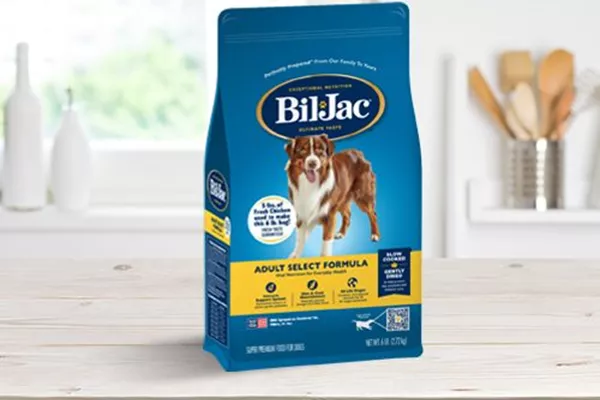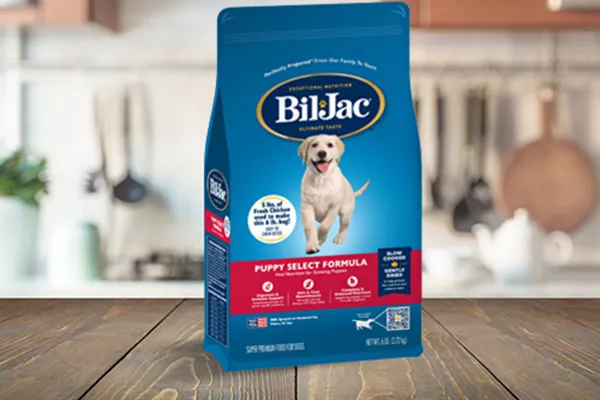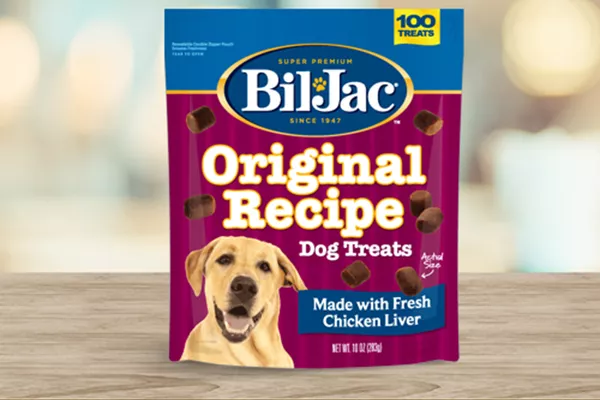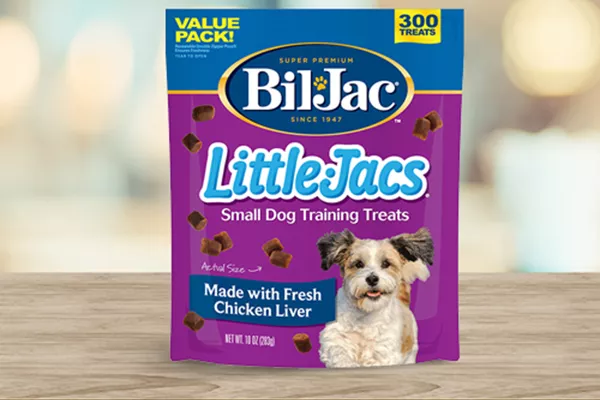Chewing is a natural instinct for many dogs, but it can become destructive if you aren’t careful. If you find your dog chewing shoes, socks, or furniture, it’s important to stop this bad behavior early. Fortunately, Professional Animal Trainer and TV Show Host Joel Silverman has a few pointers on how you can stop your dog from destructive chewing.
Why Do Dogs Chew on Things?
Before you address chewing, it helps to know exactly what drives your furry friend to gnaw on various items. Chewing is not necessarily a bad action, and there are several reasons why your dog may chew on something.
- Puppies will instinctively chew to relieve some pain as they grow their adult teeth.
- Some dogs will chew to explore the world around them and get more acquainted with what’s in a new environment.
- Dogs may chew to help blow off steam or because they’re simply bored and need mental stimulation.
- Other canine companions will resort to chewing to deal with separation anxiety.
- Certain breeds, such as Jack Russell Terriers and other dogs with higher prey drives, are more prone to chewing.
No matter the reason, chewing is okay as long as your dog is chewing a toy and not something off limits. When those behaviors become destructive, it’s time for some training.
How to Prevent Dogs from Chewing
When it comes to chewing, your main goal is the same as any other destructive behavior: stop the habit. It’s essential to prevent your buddy from completing these actions, as any ongoing acts of chewing will only bolster future efforts.
“Letting your dog play out these actions is reinforcing,” Silverman says. “Completing this action makes him feel good and reinforces the behavior for him.”
Of course, stopping your dog extends beyond saying “no.” It’s impossible to watch your dog 24/7, so you need to take measures to prevent any inappropriate chewing. The following steps can help your dog understand that chewing your family’s things is not allowed.
Act appropriately when your dog is caught red-pawed
A lot of bad behaviors don’t happen overnight. The longer your dog gets used to chewing off-limit items, the more it becomes a regular behavior. That’s why it’s necessary to respond accordingly when you catch your best friend in the act.
The first step is to verbally tell your dog that chewing is not okay. A strong “no” or some other recognizable command helps reinforce that chewing certain items is bad. Take the item away from your dog – or move your dog away if it’s a couch or another large item. However, don’t shake, hit, or pull your furry friend by the collar to stop them from chewing.
“These actions are the worst thing you can do to an animal for so many reasons,” Silverman says. “Not only do they hurt the animal, they also destroy your relationship. People think that even grabbing the collar or shaking them isn’t hitting the animal, but doing so sets up your dog to react to other people negatively if they do the same thing.”
Once you take away the item your dog is chewing, it’s equally important to redirect them to something else. Chewing itself is not a bad action, so give your dog a toy or snack that to gnaw on when they get the impulse to chew on something. This redirection will help teach your dog which items are on and off limits.
Prevent your dog’s ability to chew in the first place
The best form way to stop bad behaviors is to prevent them from ever happening. Silverman suggests taking measures to make sure your dog isn’t in a position to turn your socks, shoes, or other items into chew toys.
Hide any contraband
A big part of this process is to simply remove makeshift chew toys from places your dog can reach. If your dog loves to chew on socks, put them away in a hamper or another place they can’t access. If your dog can reach them, they will get chewed until you break that habit.
While you want to limit your dog’s access to items like socks, puzzle toys and other goodies should be accessible. Sometimes dogs go after items like shoes or socks because they don’t have any toys when they need them. It’s also important that your dog knows the difference between toys and your things.
“Make sure there’s a major difference between the toys and your socks,” Silverman says. “If his toys look a lot like your socks, that’s not a good thing.”
For example, if your dog really loves chewing on soft clothes, a soft cloth toy won’t help him understand the difference. In this case, you might want to opt for a rubber chew toy. In turn, soft, fuzzy toys are great if your dog’s taken to gnawing on something hard.
Keep watch for chewing attempts
Of course, there are times when you can’t simply remove an item from a room. In these cases, don’t leave your dog alone in that area until you’ve broken their chewing habit. Your presence will give you the ability to stop any rogue gnawing before it happens.
“Remember, you want to be there to correct the dog before the chewing starts chewing, not while the dog is chewing,” Silverman says. “If your dog starts approaching an area to chew, wait until the dog is six inches away and tell them ‘no.’ This way you interrupt the behavior and don’t let the dog complete the action.”
Take precautions for when your dog is by himself
Whether you need to go to work or run a quick errand, sometimes you need to leave your dog alone. Your absence can call for additional measures to prevent unwanted chewing.
Crate training is a good way to help prevent unwanted chewing while you’re away. By training your dog to stay in a crate, you can make sure he doesn’t get into any issues while you’re not there. Not sure how to crate train your dog? Watch the video below to learn how to make your dog comfortable with crates.
Once your dog is crate trained, make sure to keep a toy or two in the crate with your best friend. These toys will let your pooch responsibly chomp on something while you’re gone. If crates aren’t an option, a dog gate or some other similar solution can help close off problem areas until you’re able to condition your dog to chew the right objects.
Healthy Chewing Habits for Happy Dogs
With some vigilance and preparation, you can stop your dog from chewing things they shouldn’t. All it takes is a little love, a few helpful training tips, and some consistency to condition your best friend’s chewing habits.
Want to learn more about how you can build other healthy habits with your canine companion? Join our Best Friends Club today to receive our exclusive email newsletter with training tips, informative articles, and members-only discounts on Bil-Jac dog food, treats, and other products for your best friend.




